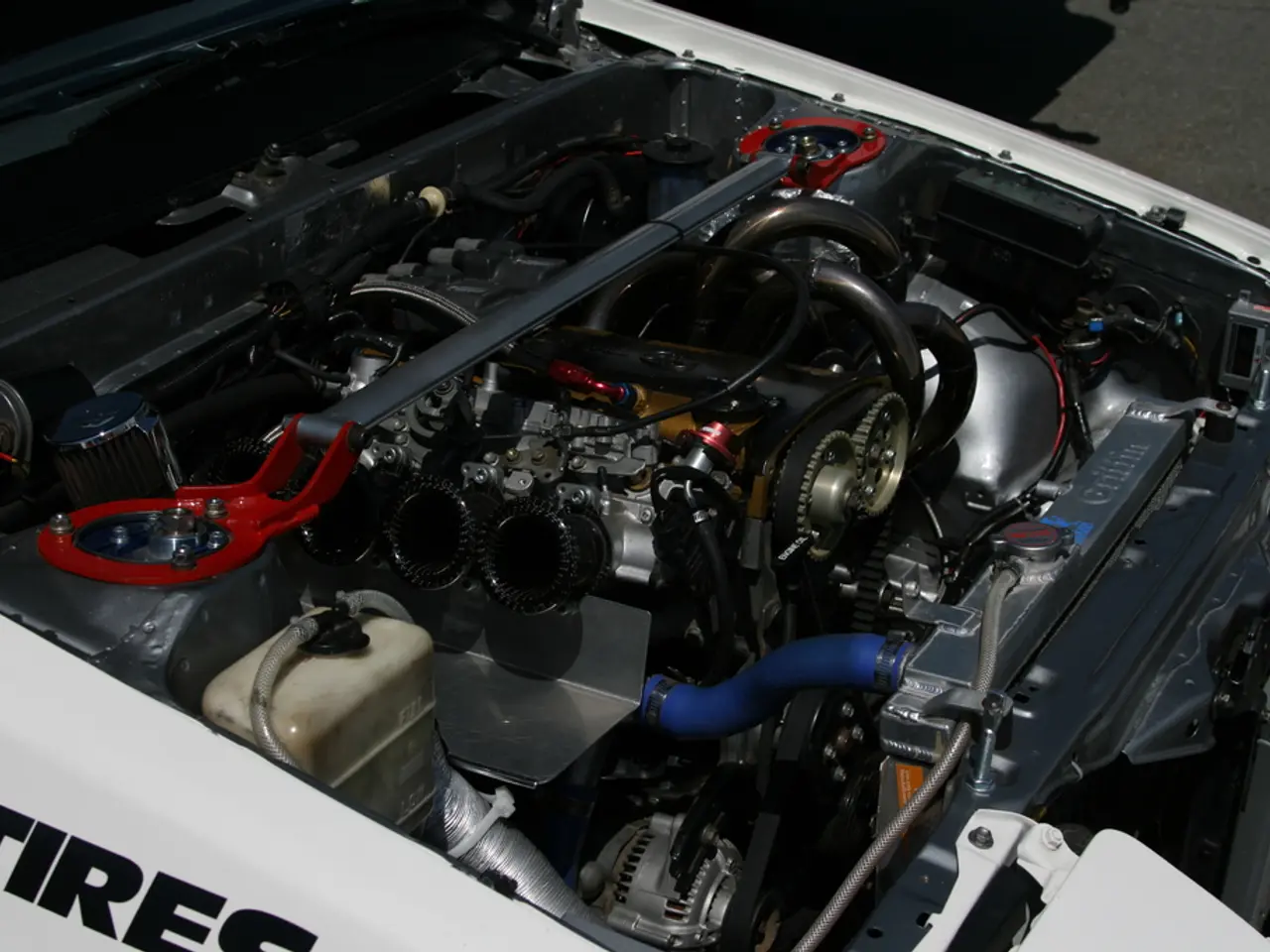Combsustion vehicles face a shift with the emerging electric car models
In the realm of automotive innovation, electric vehicles (EVs) are making significant strides, setting new benchmarks for range and establishing unique platforms that differentiate them from their gasoline counterparts.
Tesla models have been pioneers in this field, establishing early benchmarks for electric car ranges beyond 500 kilometers. However, German manufacturers have caught up, matching and even surpassing these benchmarks. One such example is BMW, which developed a new platform for its latest generation of electric vehicles called the "Neue Klasse." This platform is not only used in its electric vehicles, such as the iX3, but also in a nearly identical X3 model with gasoline, diesel, or hybrid powertrains.
The Neue Klasse is not the only significant trend in the industry. Advances in battery technology have made EVs suitable for everyday use, with ranges of 400 to 600 kilometers becoming standard. In fact, today, vans and SUVs are surpassing the 600-kilometer mark in electric car range.
To improve their range capabilities, modern EVs like the Mercedes EQS and Hyundai Ioniq 6 are designed with aerodynamic features. These sleek and modern vehicles sit on their own platforms, making them difficult to compare with gasoline models. The Mercedes EQS, for instance, boasts a drag coefficient of 0.209, one of the lowest in the industry, contributing to its impressive range.
The development of these new platforms is a testament to the evolving EV landscape. Improvements in energy density, cell chemistry, and thermal management have been key factors in this development. These advancements have not only extended the range capabilities of mid- and high-end EVs but have also made them suitable for longer journeys, making electric cars no longer just city vehicles.
Looking back, the first Nissan Leaf was released in 2010, with a range of more than 150 kilometers on a single charge. Since then, the progress has been nothing short of remarkable. The BMW i3, released in 2013, was another milestone in the journey towards longer-range EVs.
In conclusion, the future of electric vehicles is promising, with manufacturers continually pushing the boundaries of range, efficiency, and unique design. As technology advances, we can expect to see even more impressive EVs hitting the roads in the coming years.
Read also:
- Web3 social arcade extends Pixelverse's tap-to-earn feature beyond Telegram to Base and Farcaster platforms.
- Attend NAB 2022 Event
- Tesla's Semi-Truck enters partnership with Uber Freight, aiming to accelerate the usage of electric trucks.
- Revitalize bouncing back: gaming sector rebounds from sales slowdown








